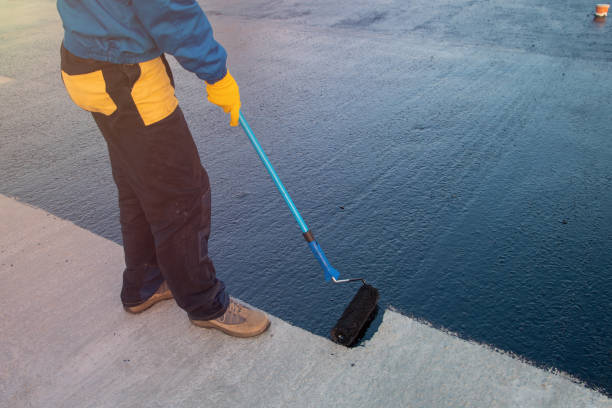Going through a inundation can be devastating, resulting in not only physical damage but also psychological stress. Once the waters recede, many property owners and landlords are often confused what to do next. One of the most crucial steps in the rehabilitation process is waterproofing. Implementing this measure not only protects your home from subsequent water intrusion but also protects your investment and ensures the safety of your family.
Waterproofing is necessary for every home and building, as it acts as a barrier against moisture that can cause fungus, mildew, and structural damage. Understanding the various aspects of waterproofing can help you avoid thousands in repairs down the line. Whether you are dealing with a basement that needs safeguarding or a roof that needs attention, knowing how to effectively waterproof your property is crucial to preventing future issues. In this guide, we will explore the importance of waterproofing, the indicators that indicate your property needs it, and the most effective methods for keeping your space moisture-free and safe.
The Importance of Waterproofing
Waterproofing is a key aspect of protecting the integrity of homes and commercial structures. It serves as a defensive barrier against moisture penetration, which can cause severe damage over the years. Without appropriate waterproofing measures, properties are at vulnerability of facing leaks, mold growth, and structural damage. These challenges can jeopardize a property's safety and greatly reduce its market value. Therefore, prioritizing waterproofing should be a primary focus for homeowners and contractors alike.
Another essential reason, cost-effectiveness it can provide is crucial. Water damage repairs can be extraordinarily high-priced, often running into thousands of currency. By implementing effective waterproofing solutions from the beginning, property owners can eliminate expensive repairs and updates down the road. This proactive approach not only protects the building but also assists in budgeting and long-term financial planning.
Furthermore, waterproofing enhances the overall well-being and hygiene of the living environment. Water-related issues often cause unpleasant odors and can create conditions that promote mildew development, which pose health concerns. A effectively waterproofed home ensures improved indoor environment and enhances energy efficiency by preventing unnecessary dampness from affecting insulation and heating systems. In conclusion, waterproofing is not just about preserving your asset; it directly impacts the quality of life for the occupants.
Common Waterproofing Approaches
A common of the most widely used waterproofing methods is the deployment of fluid waterproofing membranes. These membranes are typically made from bitumen or polyurethane and can be used to multiple surfaces including roofs, walls, and foundations. Following application, they produce a continuous barrier that effectively prevents water infiltration. Liquid membranes can be used for both modern constructions and in the case of updating older structures, making them a flexible choice for waterproofing.
An additional popular approach is the use of panel membranes. Such pre-manufactured sheets are usually made from materials like rubberized asphalt or polyethylene. They are applied over surfaces in a method that overlaps joints, providing consistent protection against water penetration. Sheet membranes are particularly effective for waterproofing underground applications, such as basement walls, and are favored for their durability and ease of installation. This method is crucial in protecting structures from groundwater and hydrostatic pressure.
For areas that are prone to moisture, such as bathrooms and kitchens, waterproof coatings and paints serve as an effective solution. Such coatings are designed to establish a waterproof barrier on surfaces, preventing moisture from seeping through. They can be applied to walls, floors, and even ceilings in wet areas. Furthermore, specialized Discover more are now available that are engineered to resist mold and mildew, making them ideal for conditions where water exposure is consistent.
Choosing the Right Waterproofing Options

Choosing the best waterproofing option for your building is vital to provide effective defense against moisture damage. The initial step is to analyze your specific needs, considering factors like the site of the building, the amount of moisture exposure, and past water damage issues. For instance, basements may need a distinct approach compared to rooftops or restrooms. Recognizing these factors will guide you on the most appropriate waterproofing techniques and materials.
Consider the different types of waterproofing offered, including interior and exterior solutions. Interior waterproofing is often less complicated and cost-effective, focusing on sealing leaks and hindering moisture intrusion within the home. However, exterior waterproofing may be necessary for extended protection, especially in areas vulnerable to flooding. It's crucial to weigh the pros of each option and select one that matches with your building's specific challenges.
Ultimately, when in doubt, consulting professionals can be a beneficial step. Expert contractors can evaluate your situation, offer tailored recommendations, and guarantee the selected waterproofing solution is applied accurately. Their knowledge can aid you prevent common errors and guarantee that your investment in waterproofing results in lasting protection and security.
